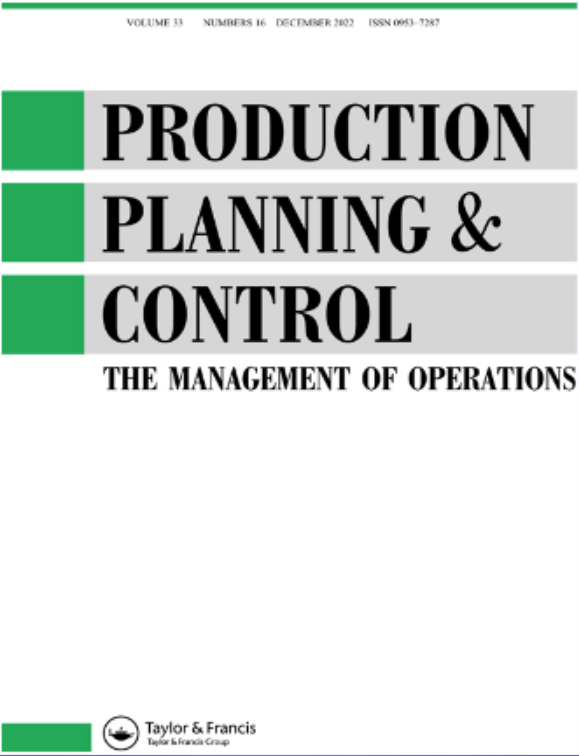Improving operating room efficiency using lean management tools
IF 5.4
3区 管理学
Q1 ENGINEERING, INDUSTRIAL
引用次数: 3
Abstract
Abstract Introducing Lean management (LM) enables the surgical process to reach considerably high levels of performance and efficiency, in addition to increased patient safety and satisfaction among healthcare professionals. This contribution presents a consolidated model of LM which has proved highly successful in improving both overall efficiency in operation rooms and patients’ perceived value of efficient hospital care. This model is based on a real case study carried out over a 3-year period. A surgical process improvement team was set up, which then designed a Process Value Flow Map using LM tools, and detected opportunities for improvement. The map reflects the patient’s journey through the process, the flow of information and materials for optimising processes. Findings from the three improvement projects described in the paper were used to (1) enhance waiting list management, (2) improve operating room scheduling criteria and sharing of surgical resources, and (3) create continuous improvement teams. The results of the study are twofold: (1) reduced waiting times for operations and (2) increased efficiency of operating rooms stemming from a cultural change in surgical resources management, particularly activity planning. A notable increase in surgical efficiency indicators was also observed, as well as the need to incorporate Lean principles into surgical intervention programming.使用精益管理工具提高手术室效率
引入精益管理(LM)使手术过程达到相当高的性能和效率水平,除了提高患者的安全性和满意度之间的医疗保健专业人员。这一贡献提出了LM的整合模型,该模型已被证明在提高手术室的整体效率和患者对高效医院护理的感知价值方面非常成功。这个模型是基于一个真实的案例研究进行了超过3年的时间。建立了一个外科手术过程改进小组,然后使用LM工具设计了一个过程价值流程图,并发现了改进的机会。该地图反映了患者在整个过程中的旅程,以及优化流程的信息流和材料。本文所述的三个改进项目的研究结果被用于(1)加强候诊名单管理,(2)改善手术室调度标准和手术资源共享,以及(3)建立持续改进团队。这项研究的结果是双重的:(1)减少了手术的等待时间;(2)由于手术资源管理的文化变化,特别是活动计划,提高了手术室的效率。还观察到手术效率指标的显著增加,以及将精益原则纳入手术干预规划的必要性。
本文章由计算机程序翻译,如有差异,请以英文原文为准。
求助全文
约1分钟内获得全文
求助全文
来源期刊

Production Planning & Control
管理科学-工程:工业
CiteScore
19.30
自引率
9.60%
发文量
72
审稿时长
6-12 weeks
期刊介绍:
Production Planning & Control is an international journal that focuses on research papers concerning operations management across industries. It emphasizes research originating from industrial needs that can provide guidance to managers and future researchers. Papers accepted by "Production Planning & Control" should address emerging industrial needs, clearly outlining the nature of the industrial problem. Any suitable research methods may be employed, and each paper should justify the method used. Case studies illustrating international significance are encouraged. Authors are encouraged to relate their work to existing knowledge in the field, particularly regarding its implications for management practice and future research agendas.
 求助内容:
求助内容: 应助结果提醒方式:
应助结果提醒方式:


